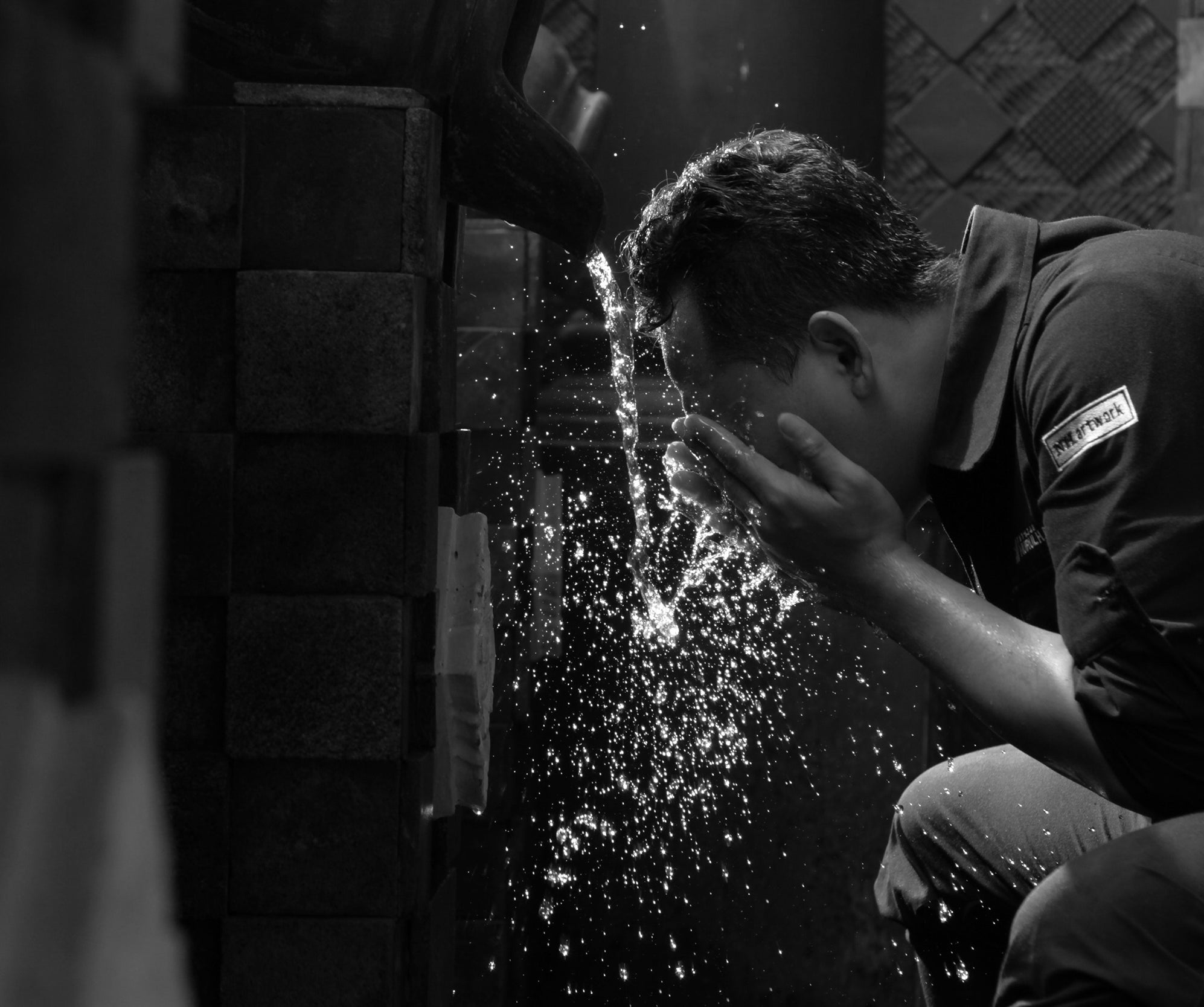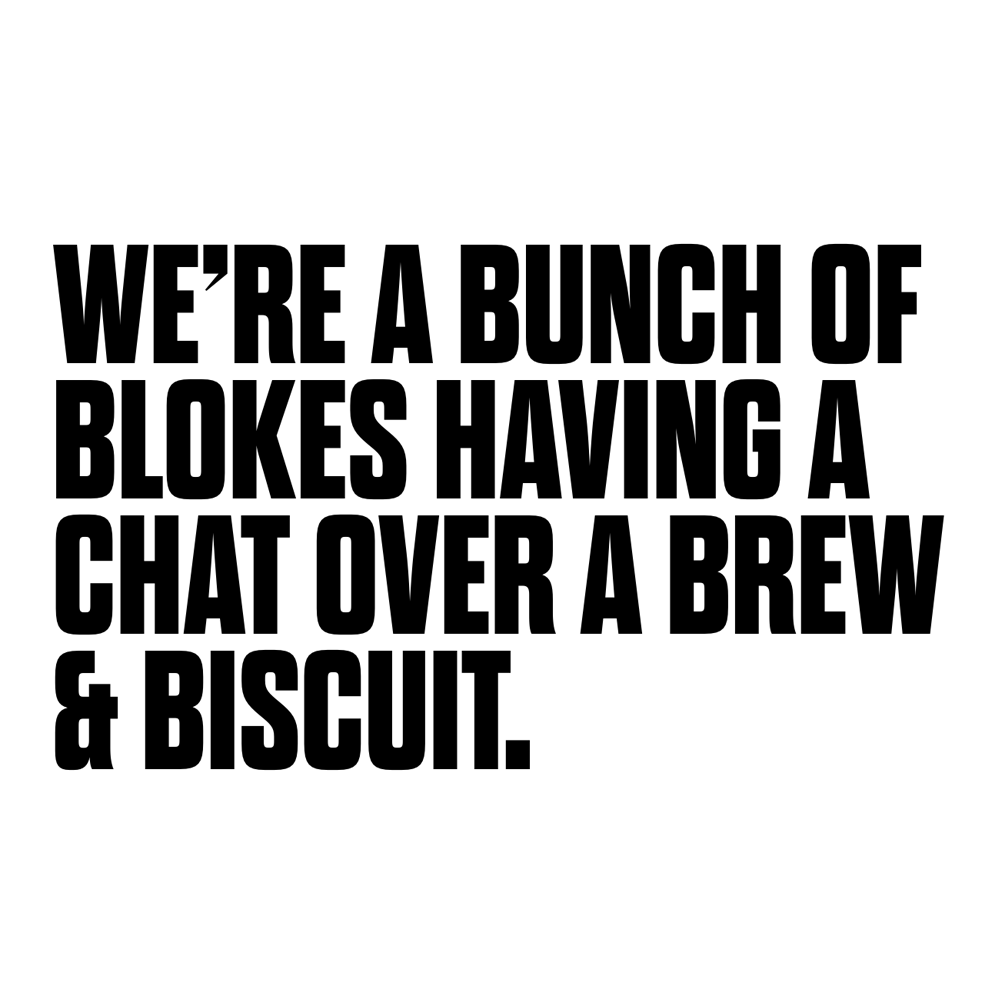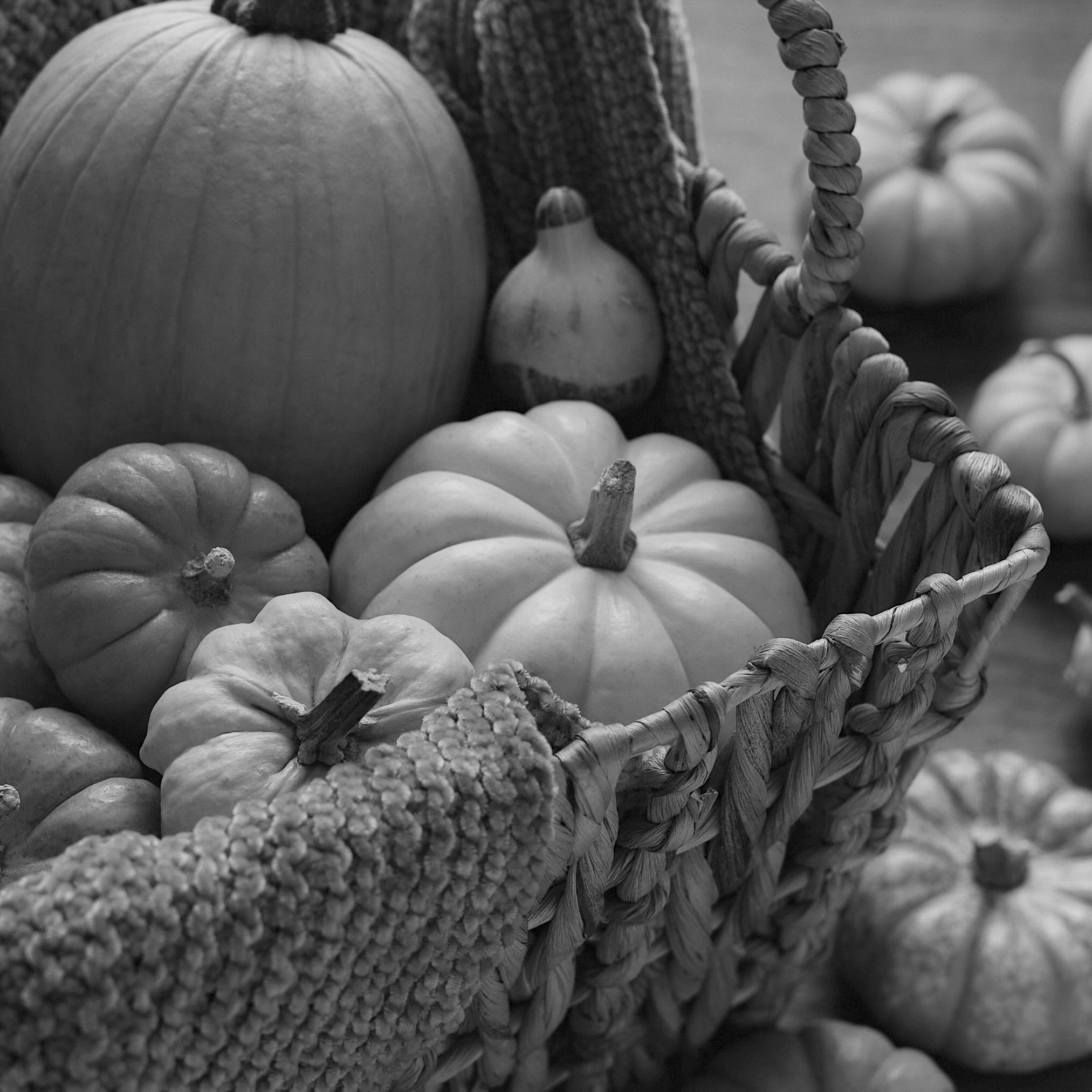Skin care starts with a moisturiser, and its ability to effectively hydrate your skin under all conditions. Get this right and you will be well on the way to maintaining healthy, and well-hydrated skin. One of the main benefits of which is not having aged skin that makes you look older than you are.
Are all moisturisers the same?
But not all moisturisers are the same – just as all skins aren’t the same – so you need to be able to pick the right one for your own skin to get the most effective coverage and protection out of it. Let’s have a look at skin, and the issues that can influence how a moisturiser works with you.
- Sensitive skin. This is where you have to be careful as the wrong product can bring out red blotching as your skin repels from it. You certainly need to pay close attention to labels and look for products that have been specially formulated for sensitive skin.
- Dry skin. Characterised by dry flakes on the surface, you need to exfoliate before you moisturise, otherwise you are not getting the full benefit from it.
- Greasy/Oily skin. Primarily cause by an over-production of the natural oil, sebum, you certainly don’t want to make it worse by using a heavy cream.
- Normal skin. Obviously the easiest to deal with, you are pretty much free to use whatever you want, but keep an eye on how well it goes as not all moisturisers will work well with you.
What are moisturisers made out of?
Composition-wise, most moisturisers contain levels of water (usually denoted as ‘Aqua’ to make it sound posh or special), glycerine, stearic acid, propylene glycol, and lanolin. Many contain a level of petroleum jelly (think Vasoline), which is an effective means of keeping moisture in the skin, but can feel a bit greasy.
Some moisturisers are given a creamy or velvety feel by the addition of cetyl alcohol, palmitic acid, and dimethicone, and these also keep your skin feeling smooth to the touch. Many moisturisers also contain sunscreens and cosmeceuticals, which help to smooth fine wrinkles, balance skin pigmentation, and help with other signs of photoaging by the sun.
Which moisturiser should I choose?
There are plenty of different types of moisturiser on the market. The key thing is to choose the right one for your skin.
- Sensitive skin. Look for a moisturiser that is free of astringents such as alcohol and avoid abrasive exfoliators that will exacerbate redness, always try a new product on less sensitive areas of your face first – such as the chin and neck rather than cheeks and forehead – for a few days before using it all over.
- Dry skin. Think about using a moisturiser that also exfoliates. Or, use an exfoliator first, then moisturise. You can choose a few types here, depending on whether your skin is also sensitive, oily or normal.
- Oily skin. Pick something that is rich in antioxidants as these will delivering moisture where you need it and controlling oil where you don't. These can be used once or even twice daily without risk of creating oily skin problems. And, make sure that you use a decent defoliating scrub before you use your moisturiser too.
- Greasy Skin. If you have greasy skin, try to use an oil-free product and also use a gentle exfoliator to keep up cell turn-over high. Your over-active sebaceous glands will keep your skin fairly well moisturised, so don’t overdo it on the creams, or you’ll make things worse.
- Normal skin. You have a pretty good choice of moisturisers in this case, but you should always be liberal with use until you have established that there aren’t any nasty side effects.
The world of moisturising may sound like a minefield with all of its jargon and scientific naming, but it simply comes down to your skin. Trial and error is what most of us do. Only by doing so have we ever really found something we love using.






